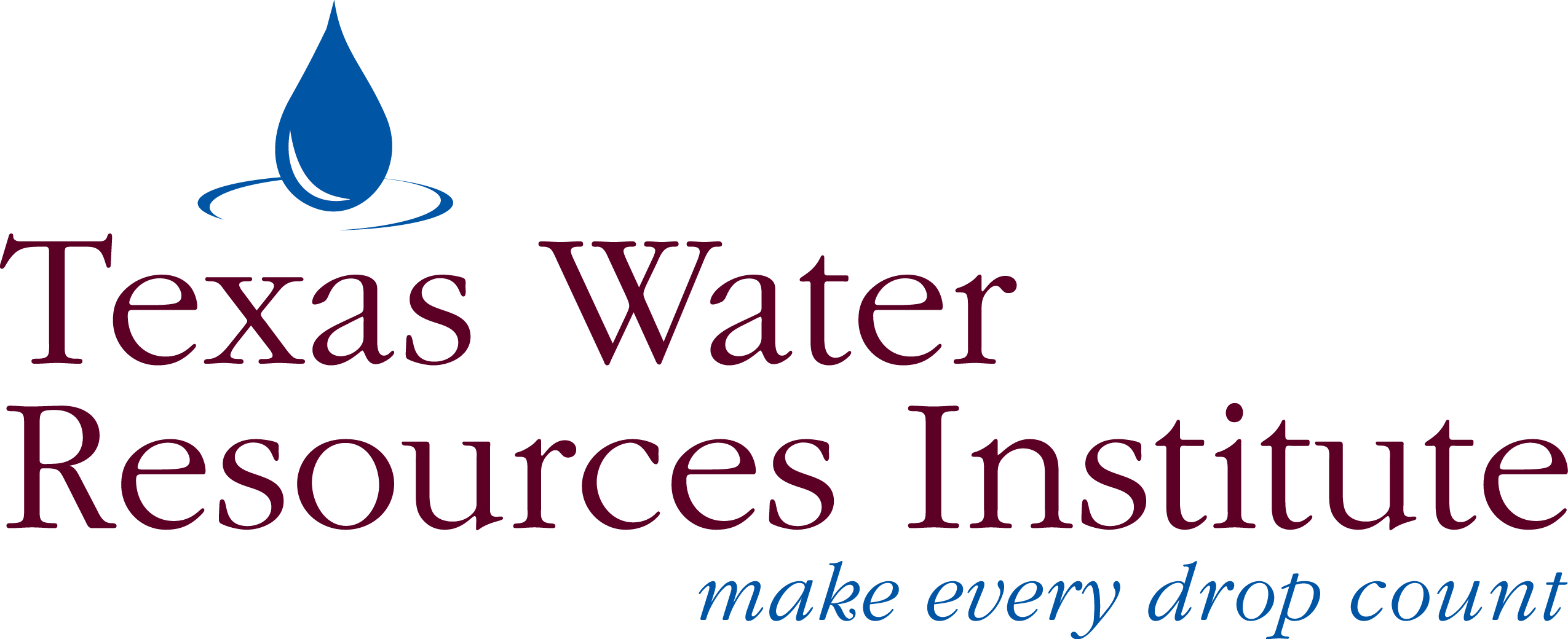Amistad National Recreation Area in Del Rio, Texas. Photo by Sam Craft, Texas A&M AgriLife.
Peer-reviewed publications by Texas A&M AgriLife and Texas A&M University System scientists
This Texas A&M University-led study assessed the PFAS uptake by lettuce in the presence of different nitrogen fertilizers. The authors found that ammonium sulfate significantly increased the uptake of PFAS replacement GenX (hexafluoropropylene oxide dimer acid) and that potassium nitrate significantly increased uptake of perfluorooctane sulfonic (PFOS) and 6:2 Cl-PFAES. They also found that ammonium sulfate had a higher PFAS root to shoot transfer than the other fertilizers.
Interacting Water Insecurity and Food Insecurity: Recent Advances in Theory and Application:
This article, coauthored by Texas A&M researchers, explores how research on the relationship between water insecurity and food insecurity has changed since 2020. They found that recent research suggests that water insecurity impacts food insecurity more than vice versa and that there are many complex contributing factors. They suggest that future research should focus on refining water insecurity measurement tools and testing potential mechanisms linking the two.
Researchers from Texas A&M evaluated the spatiotemporal shifts of estuarine species in Texas bays and factors influencing these changes. They found five species increased in number and expanded their distribution northward, while two species declined in number and decreased their distribution area. The main influencing factors were found to be year and location, indicating the impact of environmental fluctuations.
This study, conducted by Texas A&M AgriLife and Texas Tech researchers, simulated crop yields and water productivity from 2000 to 2022 using the Decision Support System for Agrotechnology Transfer (DSSAT). Cotton, sorghum, and winter wheat were simulated under continuous cotton, cotton-sorghum, and cotton-wheat cropping systems. They found that the DSSAT model performed well for all crops with some variation in accuracy by season. Overall, they found that DSSAT is useful for deciding what cropping systems to use for different environmental conditions.
Texas A&M Kingsville researchers evaluated the effects of green infrastructure practices on nitrogen and phosphorous in three Arroyo Colorado subwatersheds. They found that under current land use, vegetated swales are most effective to meet Total maximum Daily Loads (TMDLs) targets. Under future land use scenarios, porous pavements and vegetative swales were the most cost effective, but bioretention cells were most effective per unit area.
This article, led by Texas A&M researchers, investigates potential biomarkers for arsenic exposure through drinking water by testing 74 private well users in South Texas. The results suggest that PDGF-BB may serve as a good biomarker for low-level arsenic exposure and has applications for assessing bladder cancer risk in South Texas communities.
Recent research from other Texas universities
This study, coauthored by University of Texas at Austin scientists, evaluated eight state-of-the-art global water models. They found that no global water model accurately and uniformly simulates terrestrial water storage trends and seasonality across major global river basins. Additionally, model performance was found to decrease for discharge as human impacts increased. They say this suggests the need for improvement of global water models.
In this article, researchers at Lamar University develop framework and resiliency indicators to improve traditional hydraulic structure protocols. They showed that previous protocols do not exhibit resiliency and need to be improved due to flood intensification. They developed two new resiliency indicators, which are Flood Withstanding Capacity and Reliability Reduction Factor.
BBEST practices: Intentional efforts to identify elusive flow-ecology thresholds:
Baylor University researchers assessed the ability of researchers to identify flow-ecology thresholds. They found 85% of flow-ecology threshold observations were found through the Basin and Bay Area Expert Science Team (BBEST) program and the Texas Instream Flow Program (TIFP), as opposed to only 15% in literature. After reanalyzing flow-ecology trend observations in literature, they found evidence of the presence of thresholds that the studies hadn’t originally reported. They concluded that this supports the idea that the lack of identified thresholds is due to elusiveness, not absence.
University of Texas San Antonio researchers sampled oil and grease from the detention basin and swales of Edwards Aquifer after eight rain events. They found that these stormwater management structures efficiently capture oil and grease from roadway runoff. This study promotes the use of swales and detention basins to protect karst aquifers in future developments.


